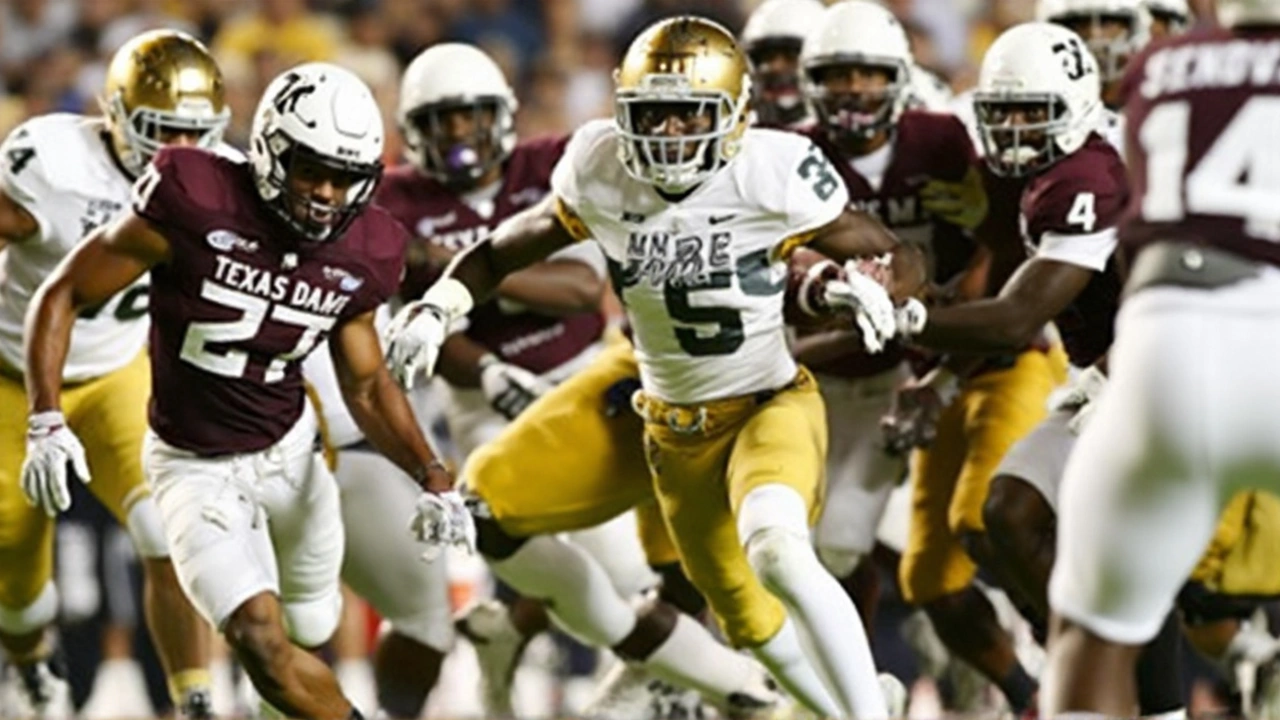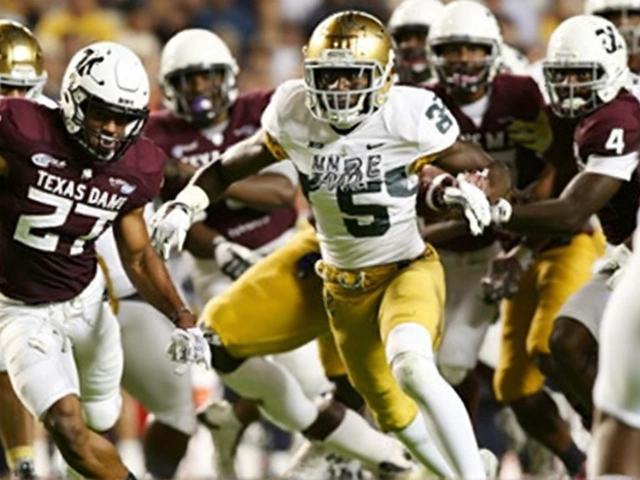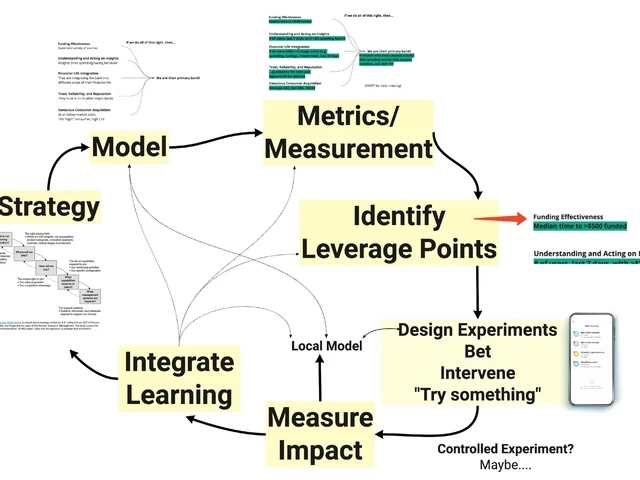A one-point gut punch in South Bend flips expectations
Notre Dame is 0-2, and its playoff dream is already on life support. That’s the hard truth after a 41-40 home loss to Texas A&M, a result that didn’t just buck the pregame predictions—it reversed last year’s narrative and exposed how thin Notre Dame’s margin for error really is.
Most analysts leaned Irish all week. The talk was about their secondary, their size up front, and a belief that if they stayed on script, they would control the game. Texas A&M didn’t take the bait. Instead of testing that secondary, the Aggies went straight at the heart of the defense with a steady, punishing ground game built around quarterback Marcel Reed’s legs and timely reads. That wasn’t an accident—it was the plan. And it worked.
Reed didn’t need to spray the ball all over the yard. He stressed Notre Dame horizontally, made linebackers guess wrong, and punished soft edges. The Aggies’ offensive line leaned on drives, wore down bodies, and milked clock. When Notre Dame needed a stop, Texas A&M kept finding five yards. When Notre Dame crowded the box, Reed slipped outside or hit a quick throw to keep the chains moving. It was measured football, not flashy, but it forced the game to be played on the Aggies’ terms.
The other half of the plan was just as simple: keep Jeremiyah Love and Jadarian Price from wrecking the night. The Aggies tackled in space, rallied to the ball, and turned what could have been explosive runs into modest gains. Notre Dame kept trying to spark the ground game but never got a sustained stretch of chunk plays. Without those breakaways, the Irish were left scratching for answers in long fields and tight windows.
That’s how a one-point game turns. It wasn’t one miracle play. It was body blows—field position, clock pressure, and the kind of disciplined tackling that takes the crowd out of easy roars. There were swings late, the kind that make your stomach drop—a high-leverage conversion here, a special-teams moment there—and then it was about who blinked last. Texas A&M didn’t blink.
For the Aggies, this carried extra weight. They came in 16th, still fighting for national respect, still hearing about last year’s loss to Notre Dame. This was the cleanest answer you can give in September: travel into a blue-blood’s house and out-execute them at their own style. It wasn’t just revenge. It was an identity check—and Texas A&M passed.

What the 41-40 stunner means now
For Notre Dame, the fallout is obvious. A home loss drops them to 0-2, and the playoff math turns brutal. Even optimistic models had warned that two losses would likely be a cap, and that was before the Irish took this gut punch in Week 2. Marcus Freeman didn’t dance around it after the game: “The future’s uncertain. I don’t know what’s the playoff number, and it doesn’t matter. We need to focus on getting better.” That’s the right tone because the Irish need fixes, not forecasts.
Where do those fixes start? Up front. Notre Dame has to reestablish a run game that creates easy downs and opens play-action windows. They also need cleaner early-down offense so they aren’t asking their quarterback to win rescue missions late. Defensively, the tackling and edge-setting were a step behind the hype. The secondary still looks like a strength, but when an opponent refuses to test it and just hammers the front, you have to stand up to that. On Saturday night, Notre Dame didn’t do it enough.
Texas A&M walks away with something bigger than a ranking bump. This is the kind of road win that tells a locker room it can handle chaos. The staff trusted the ground-heavy script, even when the stadium got loud and the game turned frantic. Reed’s poise mattered, but so did the backs behind him and a line that kept finding leverage. On defense, the Aggies didn’t chase takeaways at the expense of sound fits. They hunted stops the boring way—stringing out runs, securing tackles, and forcing long drives. Boring wins on the road.
Context matters, too. Last season, Notre Dame dictated tempo in this matchup. This time, Texas A&M did. That’s not just a box-score note—it’s a culture tell. It says the Aggies can adopt a heavyweight style when they need it and aren’t chained to a single look. In a sport where November is about bodies and basics, that travels.
There’s also the reputational hit and lift on both sides. Notre Dame’s brand buys patience, but patience has limits when the schedule still holds landmines. One more slip and the season becomes about pride and development, not contention. Texas A&M, meanwhile, earns national benefit of the doubt. When pollsters and committee minds start weighing résumés later, this is the kind of game that stays sticky. A one-point win at Notre Dame, built on control and adjustments, is a calling card.
Zoom in, and the little things underline the bigger story:
- Game plan discipline: The Aggies refused to chase Notre Dame’s strength and stuck with a run-first approach that shortened the game.
- Tackling: Texas A&M clogged space and kept Love and Price from flipping field position with explosives.
- Quarterback usage: Reed’s designed runs and keepers turned neutral downs into winning downs.
- Situational poise: In the fourth quarter, the Aggies played clean, while the Irish were left threading needles.
What comes next? For Notre Dame, urgency. The season isn’t doomed, but the path is narrow. Clean up first contact on defense, get the offensive line pushing people again, and find ways to feed the backs with misdirection and tempo. If the Irish can turn the ground game back into a weapon, the rest of the offense will breathe.
For Texas A&M, the challenge is consistency. One emphatic road win sets a tone, but the grind is what defines where this season goes. Keep the run game as the anchor, keep Reed healthy and decisive, and keep the defense swarming to the ball. The Aggies don’t have to be pretty. Saturday proved they just have to be stubborn and smart.
That’s the subtext of 41-40. Not luck. Not a fluke. A plan, carried out for four quarters, against a program that expected to dictate how the night would be played. Texas A&M took that right away, then walked out of South Bend with validation—and a season that suddenly looks a lot bigger than a September ranking.








Write a comment